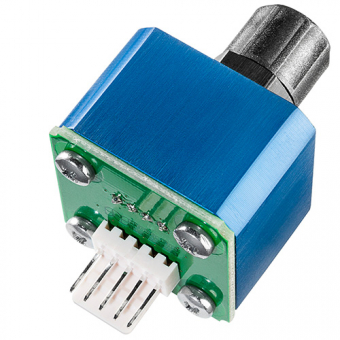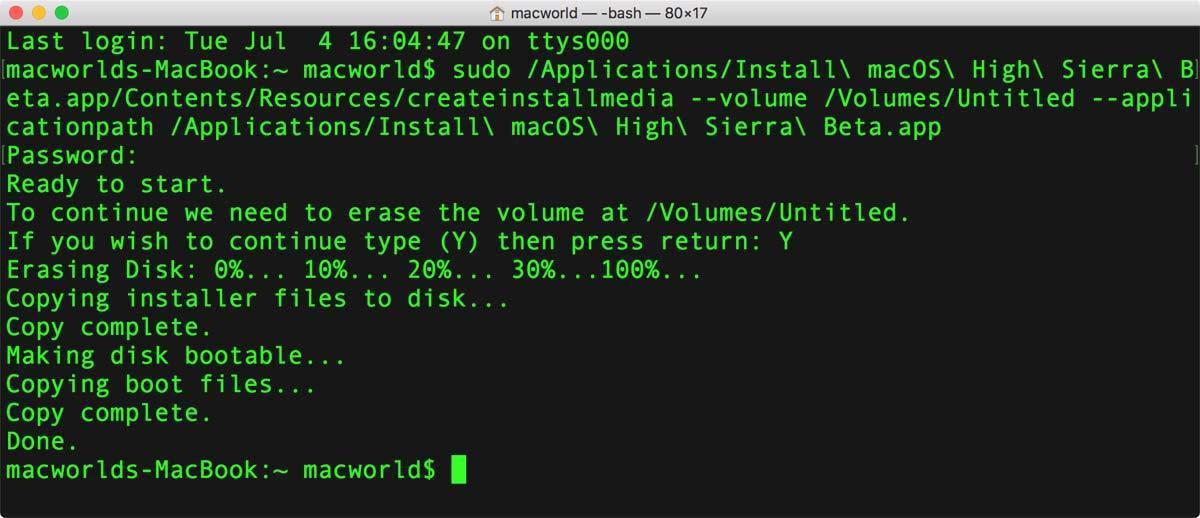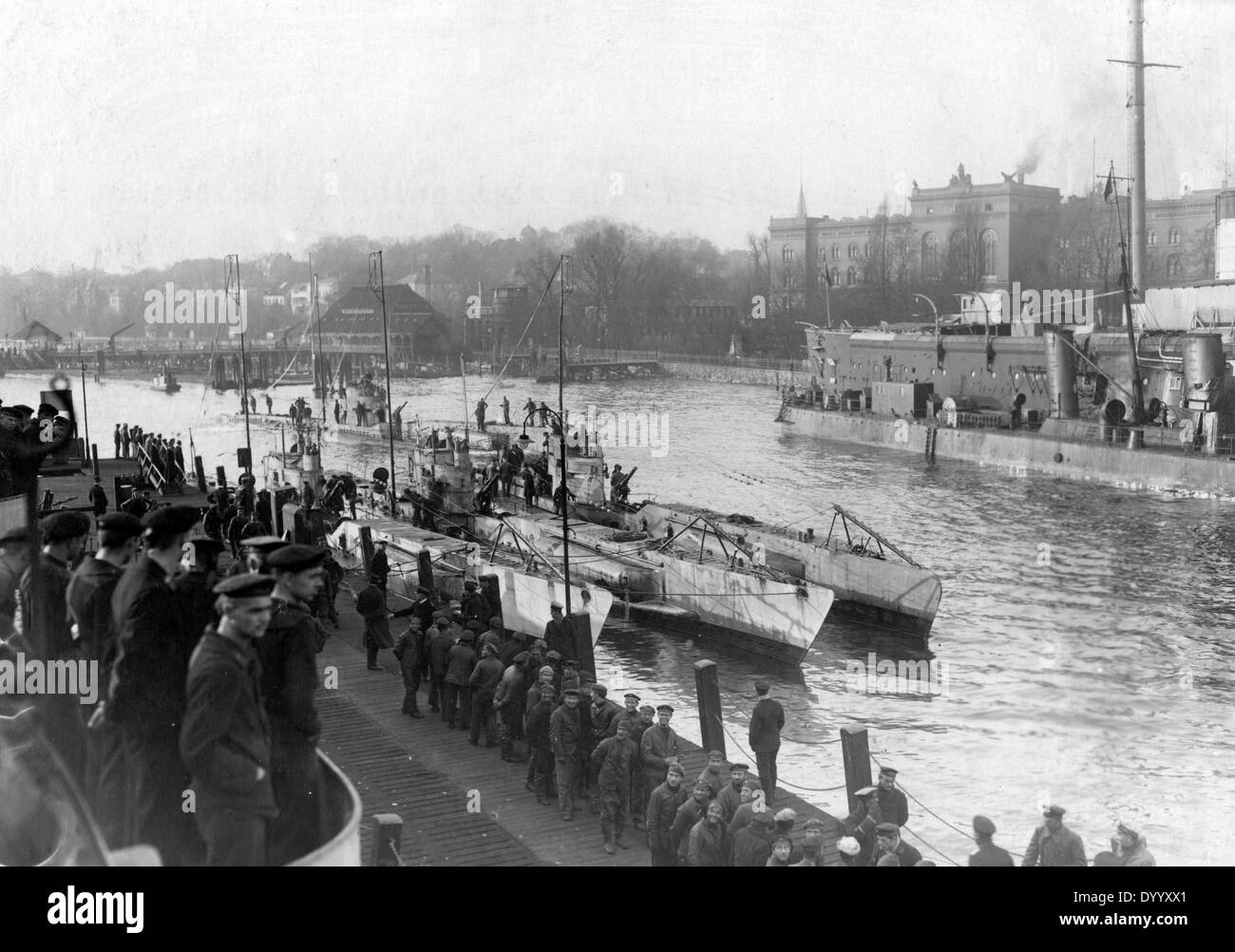

- ADDING I2C U BOOT COMMANDS HOW TO
- ADDING I2C U BOOT COMMANDS SERIAL
- ADDING I2C U BOOT COMMANDS DRIVER
- ADDING I2C U BOOT COMMANDS CODE
Showvar - print local hushshell variables Saveenv - save environment variables to persistent storage Run - run commands in an environment variable Protect - enable or disable FLASH write protection Ping - send ICMP ECHO_REQUEST to network host Nfs - boot image via network using NFS protocol Mm - memory modify (auto-incrementing address)
ADDING I2C U BOOT COMMANDS SERIAL
Loady - load binary file over serial line (ymodem mode) Loadx - load binary file over serial line (xmodem mode) Loadb - load binary file over serial line (kermit mode) Itest - return true/false on integer compare Imxtract- extract a part of a multi-image Iminfo - print header information for application image Here is a selection of useful commands :īootd - boot default, i.e., run 'bootcmd'īootm - boot application image from memoryīootp - boot image via network using BOOTP/TFTP protocolīootz - boot Linux zImage image from memoryĬoninfo - print console devices and informationĭhcp - boot image via network using DHCP/TFTP protocolįatinfo - print information about filesystemįatload - load binary file from a dos filesystemįatls - list files in a directory (default /)įatwrite- write file into a dos filesystemįdt - flattened device tree utility commands The help command show a brief summary of the built-in commands of U-Boot.

Printenv this command print the current variables Saveenv this command saves variables previously set in the environment permanent storage space Setenv this command is used to set variables
ADDING I2C U BOOT COMMANDS DRIVER
Please check the FAQ page about Driver Model in U-Boot for more information. Now U-Boot moves to the Driver model and use of the Device Tree. Note however that it is possible to avoid this step and to directly boot Linux from AT91Bootstrap, in a production phase for instance. It is responsible of configuring main interfaces and launching a Linux system. U-Boot takes place in the Linux demo as a third stage bootloader. Thematic documentation is also available in the doc/ directory.
ADDING I2C U BOOT COMMANDS CODE
Note that a detailed documentation is simply available in the source code package as the README file. U-Boot documentation is very rich in addition to the official U-Boot website, several others are dealing with U-Boot getting started or configuration. It is of course available for AT91 ARM processors.
ADDING I2C U BOOT COMMANDS HOW TO

The newer kernel has a different parent dtsi file that defines various mpp's for pinctrl I2c host controller: linux-4-4-8/drivers/i2c/busses/ i2c-mv64xxx.c No size specified (using byte-data access)Ġ 1 2 3 4 5 6 7 8 9 a b c d e f 0123456789abcdefĠ0: XX XX XX XX XX XX XX XX XX XX XX XX XX XX XX XX XXXXXXXXXXXXXXXX I2cdump gives all X's for output # i2cdump -y 0 0x70 I suspect the device tree might need to be modified? But I checked the old dtsi files and nothing is different between the i2c0's in the two Linux versions. What would be the reason that I can see my device in U-Boot but I can't see my device in Linux? Then I decided to run the i2cdetect to determine what can be seen and this is the output i getĠ0: -ġ0: -Ģ0: 20 21 -ģ0: -Ĥ0: -ĥ0: -Ħ0: - 64 -ħ0:. When trying to write to the device I get a failed write. The problem I am running into now is that my i2c commands are no longer working. The hardware itself has not changed whatsoever and works fine in the previous linux version (3.10). After the migration it seems that i2c can no longer see some of my hardware. I am in the process of migrating from Linux 3.10 to a slightly newer version, Linux 4.4.8.


 0 kommentar(er)
0 kommentar(er)
